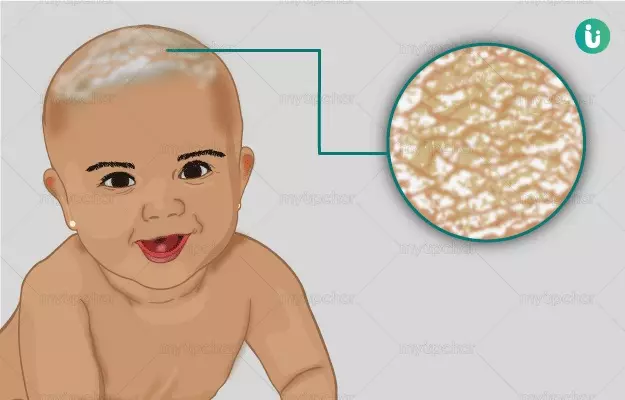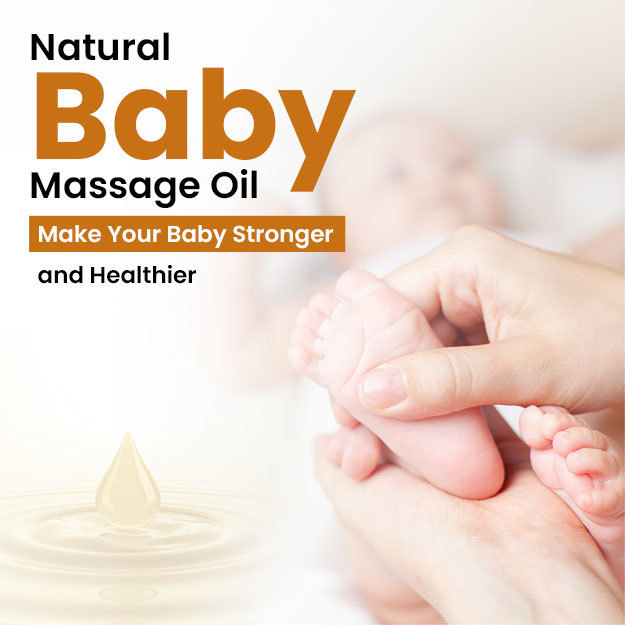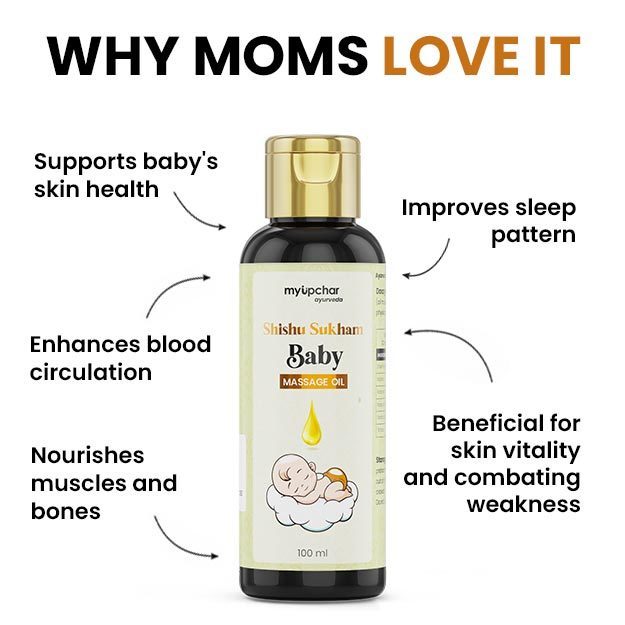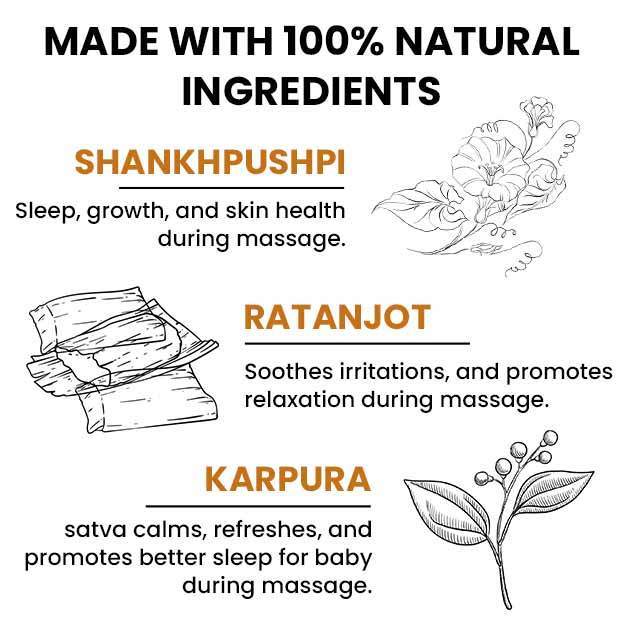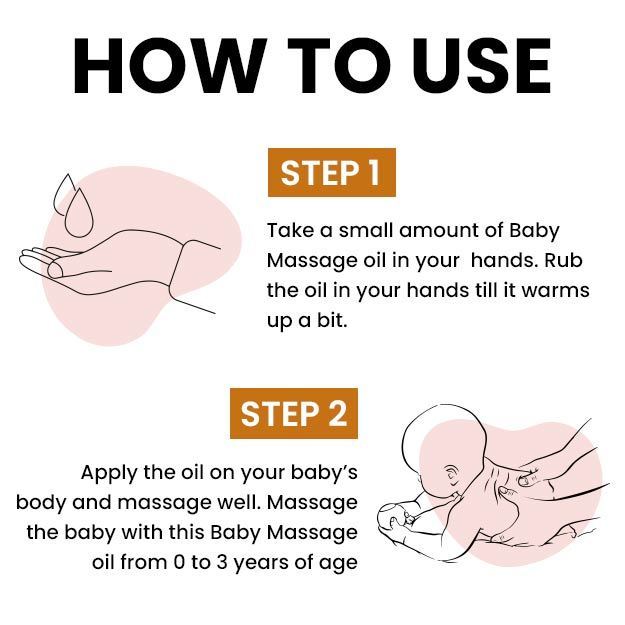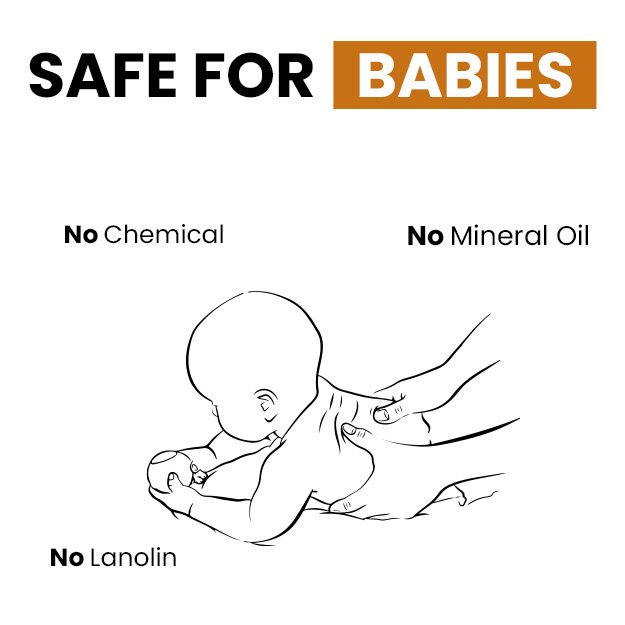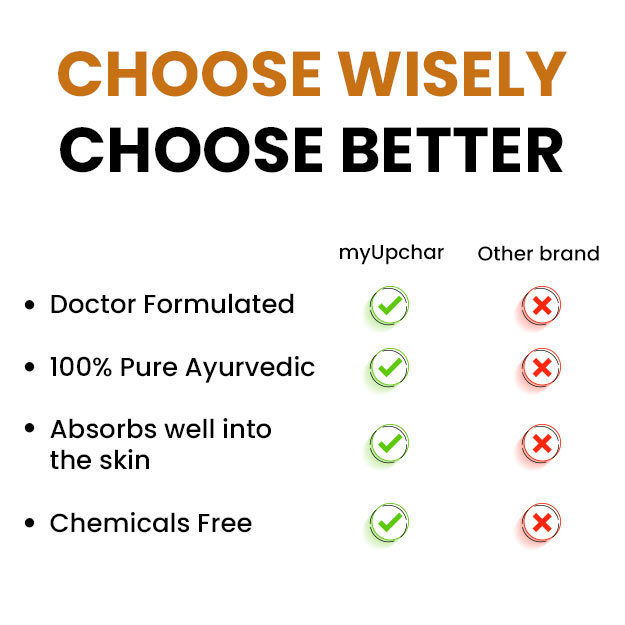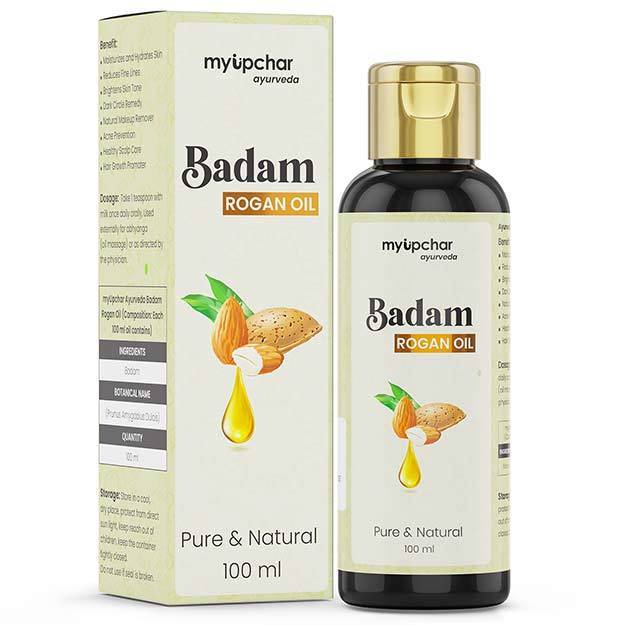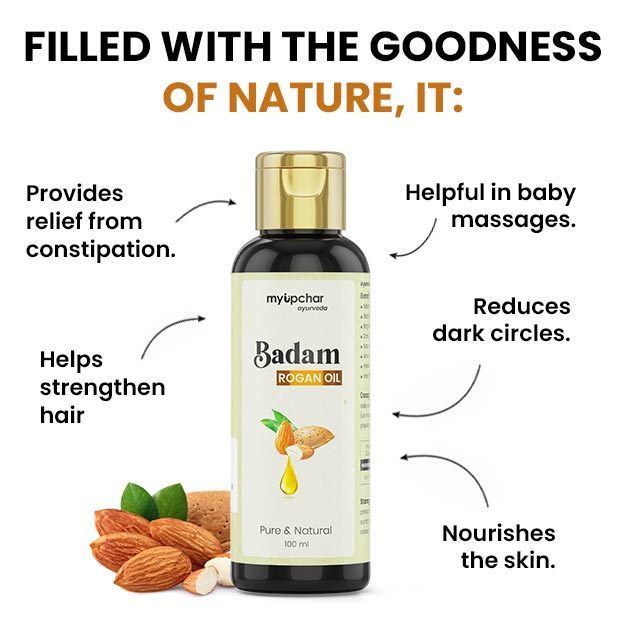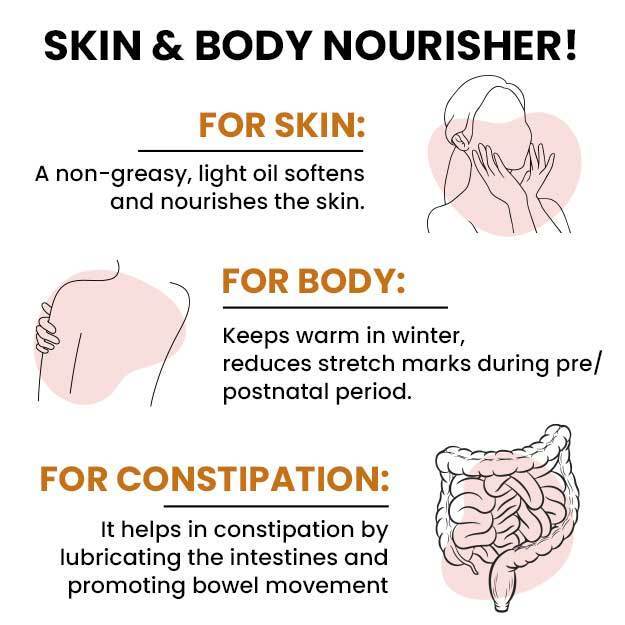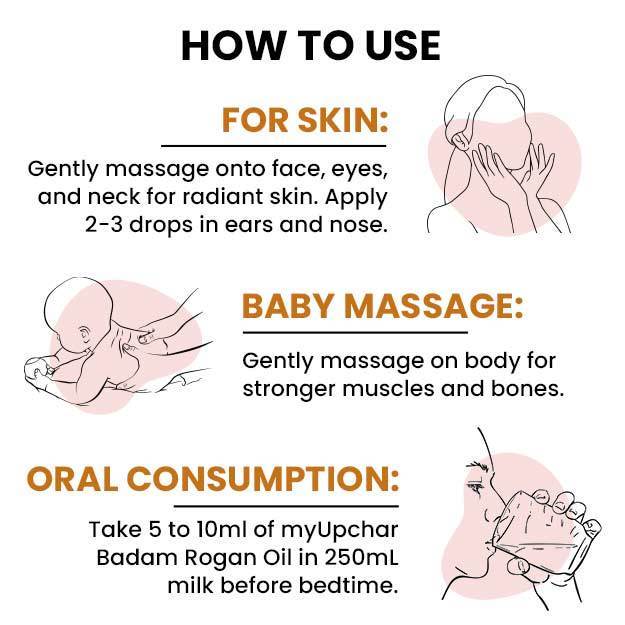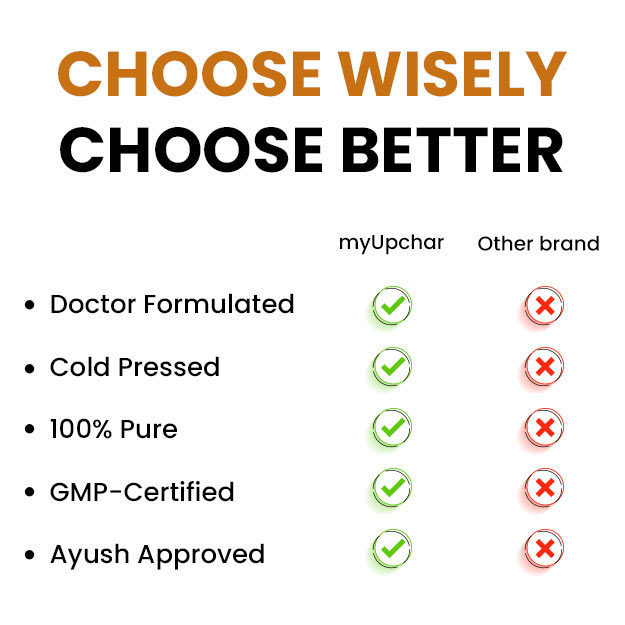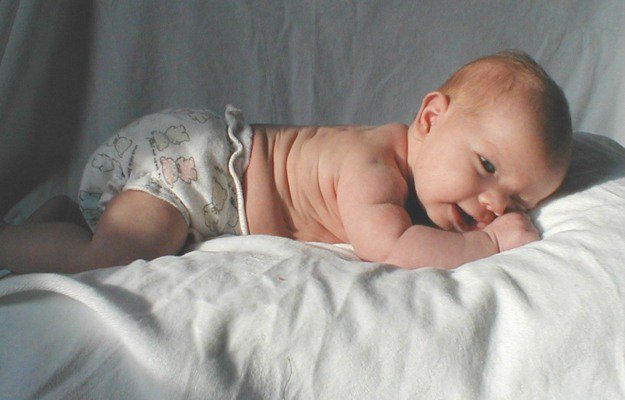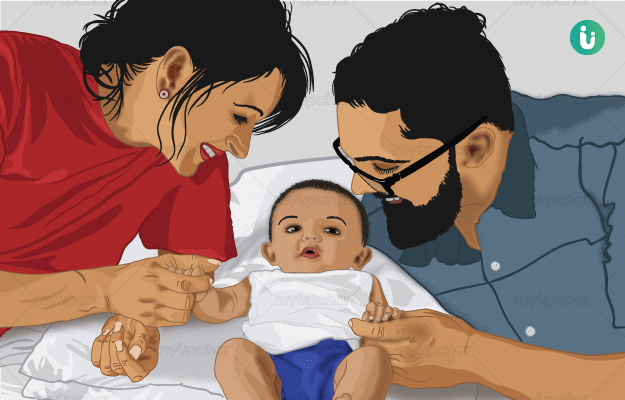Cradle cap is a crusty and oily patch that may be present on the scalp of some newborn babies. It is a form of seborrheic dermatitis in infants.
Apart from crusty or flaky patches on the scalp, the crusty layer may also be seen on the eyebrows, nose and the groin area in some babies. The patches can also be seen where the skin folds like at the back of the neck, armpit and the nappy area.
The crust is flaky, scaly, yellowish-white and can be a little red in colour. The skin can either be dry or too oily.
There is no known reason for cradle cap. Researchers say it may occur either due to hormonal imbalance during pregnancy or due to fungal infection.
The suggested treatment is gently cleaning the baby's scalp with water. In some cases, a doctor may prescribe a mild medicated shampoo. It is important that parents not use any baby bath products without consulting their paediatrician first. They should also not scratch (or roughly rub) the baby's head under any circumstances.

